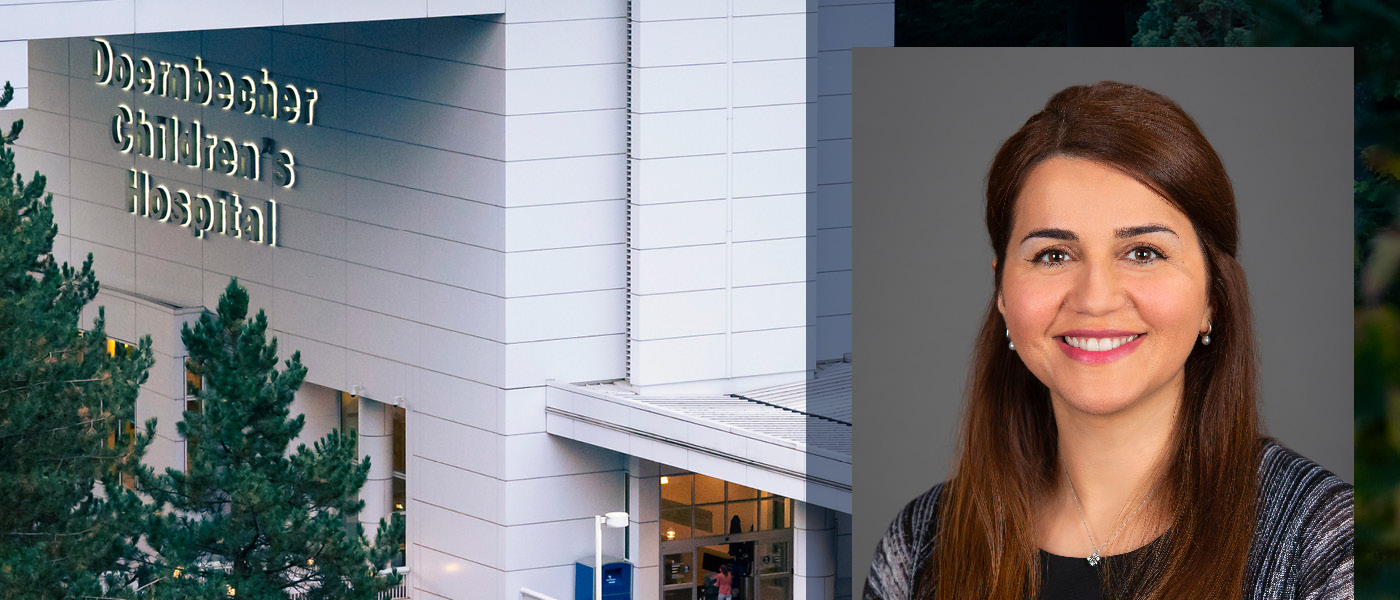Pari Faraji, M.D., is an Assistant Professor of Psychiatry at the Division of Child and Adolescent Psychiatry. She is the director of the Pediatric Psychosis Clinic at OHSU Doernbecher Children’s Hospital and also sees patients at the Child and Adolescent Psychiatry outpatient clinic.
Does mental illness manifest itself differently in younger children?
Children’s brains grow tremendously each year, as their body does, too. The interaction of a child’s growing mind and body with their environment including biological, psychological and social factors is complex.
In children, we often see certain psychopathologies emerge in specific age groups. For example, symptoms of anxiety disorders often emerge during preschool age.
Mental health problems can present differently in children, as compared to adults. For example, in young children who do not have the language and cognitive abilities to verbalize their emotions, we may not hear about “worries” and “fears,” common experiences in anxiety disorders, but instead hear reports from parents about the child’s “tantrums” and other problematic behaviors.
How about teens?
In teens, emerging mental health problems like depression may present as a change in their personality, withdrawing from family and friends, lack of interests in activities or decline in their academic performance or overall function.
Given that children and adolescents are growing and changing all the time, it can be hard for parents to know if some of the changes are due to normal development or due to a mental illness such as anxiety or depression. That is why we always advise parents to consult with professionals when in doubt, instead of worrying alone.
The pandemic has been tough on everyone, but especially school-aged children. How is that stress and disruption showing up in your patients?
It is a well-known fact that the COVID 19 pandemic has made a tremendous adverse impact on the mental health of children and adolescents. In October of 2021, the American Academy of Pediatrics (AAP), American Academy of Child and Adolescent Psychiatry (AACAP) and Children’s Hospital Association (CHA) declared a national emergency in children’s mental health to highlight the urgent need to address the nation’s youth mental health crisis. This is related to a number of factors including but not limited to stress associated with the uncertainty around future, social isolation, overuse of internet and social media, loss of loved ones, and parental stress. According to the advisory, the rate of depression and anxiety have doubled during the pandemic.
In our day to day clinical work, we see more kids presenting with separation anxiety, irritability, inattention, disrupted sleep and nightmares. There is a significantly higher rate of depression, decline in academic performance, and suicidal ideation in teenagers, consistent with the pattern reported nationally.
As the director of the Pediatric Psychosis Clinic at Doernbecher Children’s Hospital, how have you seen the field’s understanding of psychosis in children evolve?
Psychosis is a general term used for people experiencing symptoms such as hallucinations or delusional thoughts. It’s also used for psychotic illnesses such as schizophrenia. It’s important to know that not everyone having psychotic symptoms has a psychotic illness.
These days, we have a more subtle understanding of what causes these symptoms. In fact, psychotic-like symptoms are common among children, and are sometimes a normal expression of imagination or fantasy. Psychotic-like symptoms may also be associated with anxiety, trauma related disorders, depression or distressful internal experiences — not necessarily schizophrenia.
Our understanding of risk factors for developing schizophrenia have expanded as well. As a result, now we can identify youth who are at risk of developing schizophrenia and start early interventions to mitigate the risk.




